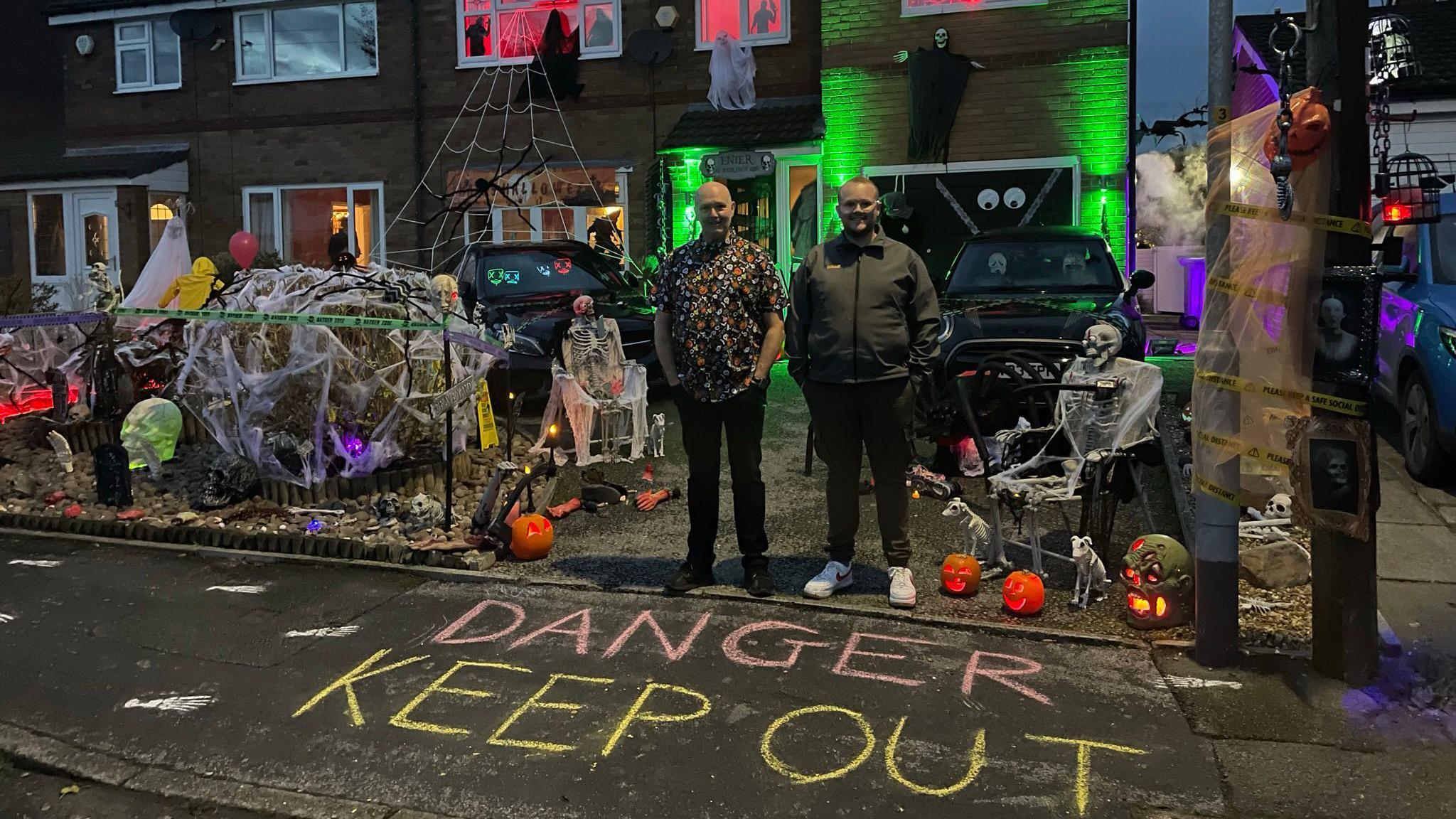The spooky origins of Halloween in Wales
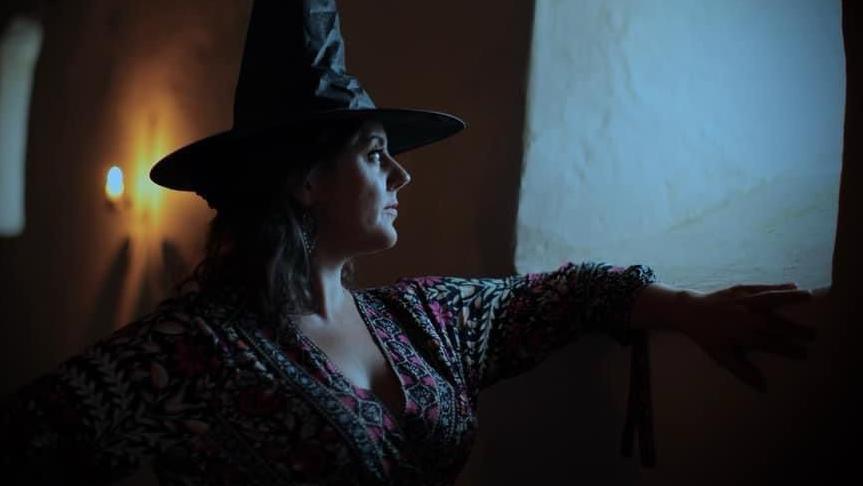
Singer, actress and comedian Carys Eleri has been investigating the origins of Nos Calan Gaeaf, the "Welsh Halloween"
- Published
While Halloween these days consists of a mish-mash of carved pumpkins, fake cobwebs and sugary sweets, it wasn’t always that way – at least not in Wales.
Nos Calan Gaeaf, translated from Winter's Eve in Welsh, commemorates the end of the autumn and harvest and marks the period when tradition states the border is blurred between our world and the afterlife.
The centuries old festival is a time for lighting bonfires to ward off spirits and dressing as giants and ghosts to confuse the otherworld - long before the Monster Mash was imported.
Actress and singer, Carys Eleri, who has investigated this ancient tradition as part of a new documentary, said "we’ve really lost this connection with the original meanings, the true meanings, of this time of year".
The ghosts that reside in Wales' spooky castles
- Published31 October 2022
'Diwaleen': How to do Diwali and Halloween together
- Published31 October 2024
Living in Britain's most exorcised home
- Published31 October 2022
"I love the camp goth stuff, I love the camp horror… a bit of blood through the eyes, that’s a lot of fun," said Carys, who described Halloween as her favourite time of year.
"But what is it? What is it to us? There’s so much more to this night than sweets and dressing up.
"There’s equal amounts of pageantry to Calan Gaeaf, just with less of a sugar rush and a lot more depth."
What is Nos Calan Gaeaf?
Halloween's origins lie in the northern European Celtic and pagan festival of Samhain.
This was too the origin for Nos Calan Gaeaf, in Wales, which signified the end of summer and the beginning of winter.
Pre-Christian folklore suggested that the first day of winter, when the dark half of the year began, was when the veil between our world and the "otherworld" known as Annwn was at its thinnest.
The night of 31 October was one of blurred boundaries between this life and the afterlife, when spirits roamed the earth and it was believed that the ghosts of the dead were to be seen at midnight.
These beliefs eventually combined with Christian festivals and we have the emergence of Nos Calan Gaeaf.
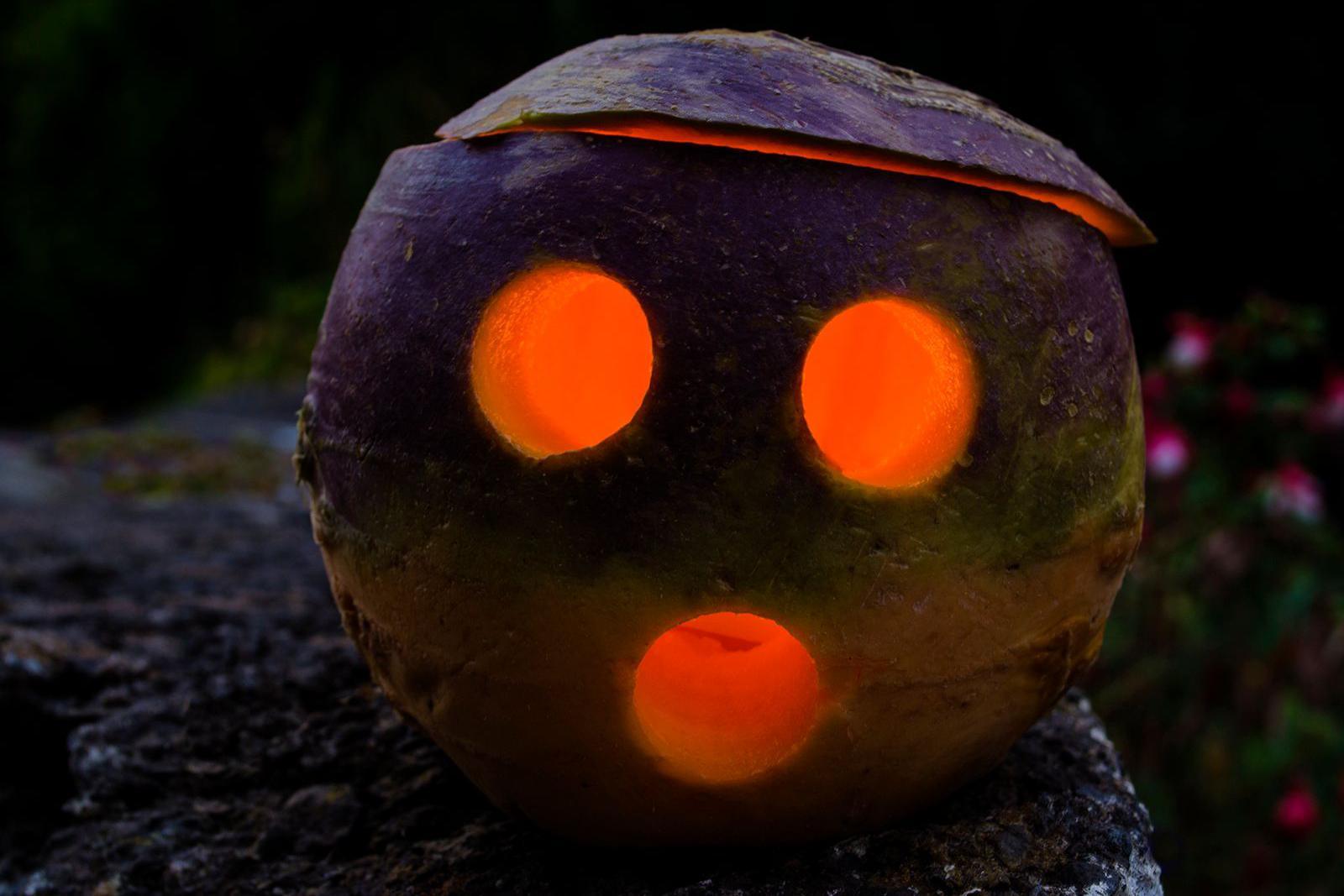
Before carved pumpkins - or actually pumpkins at all - were found in Wales, turnips were carved to to repel evil spirits
Carys, who became a druid in 2023, said that while modern Halloween has gone "hyper horror", its roots are in is "being able to communicate with ancestors that you love".
"It's actually a very wholesome time... I think sometimes you just need to shift that little frame so that it's not terrifying, that it's really beautiful and lovely."
As part of her documentary, broadcast on Radio Wales, Carys learnt about similar traditions from around the world, from Samhain in Ireland to Mexico's Day of the Dead.
"I find that really interesting, that we did the same kind of celebrations thousands of years ago, but with a sea separating us," she said.
"The same kind of fairy tales and carving turnips - because we didn't have pumpkins, that's an American thing."

However, while a large part of the tradition to remember the ancestors that came before, Carys also believes it's also a period to focus on there and now.
"I think it's beautiful - it's quite is quite dramatic and lots of pageantry that can happen - but it's also very deeply meaningful," she said.
"It's a time to reflect on your own fate. That's going to be you.
"By reflecting on death, it reminds us to live."
Listen to Nos Calan Gaeaf: The Welsh Halloween on BBC Sounds now.
- Attribution
- Published30 October 2024
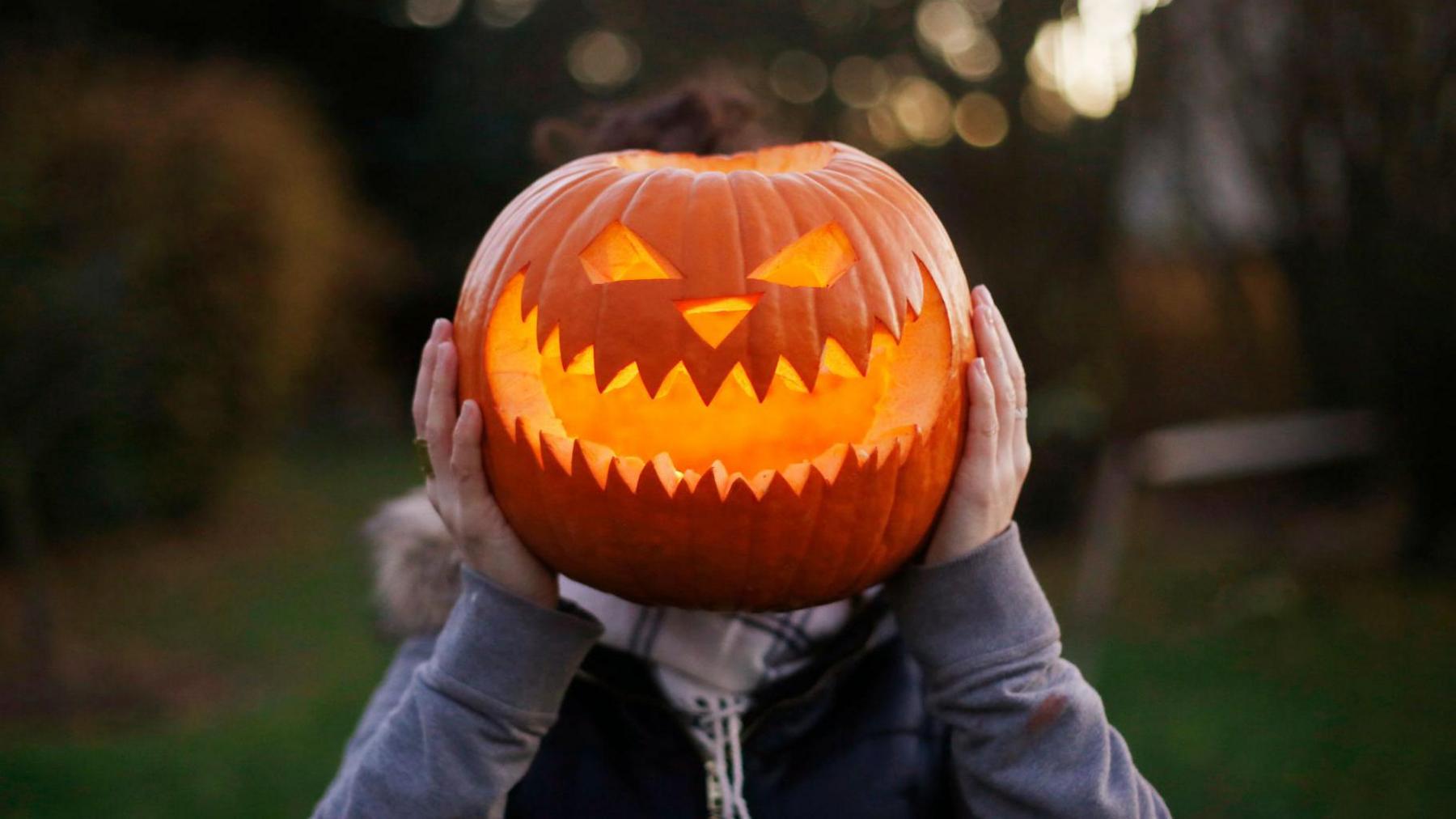
- Published30 October 2024
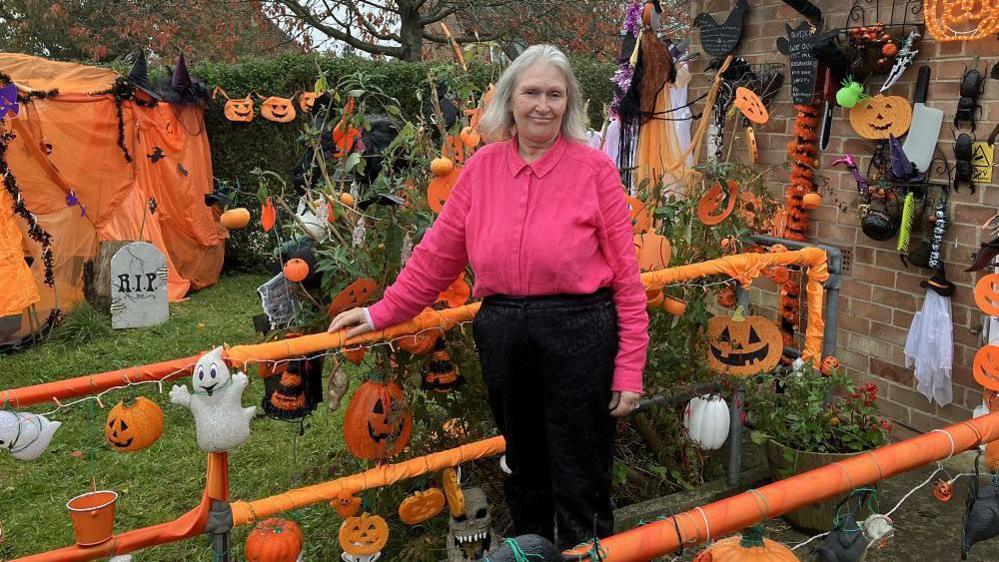
- Published24 October 2024
